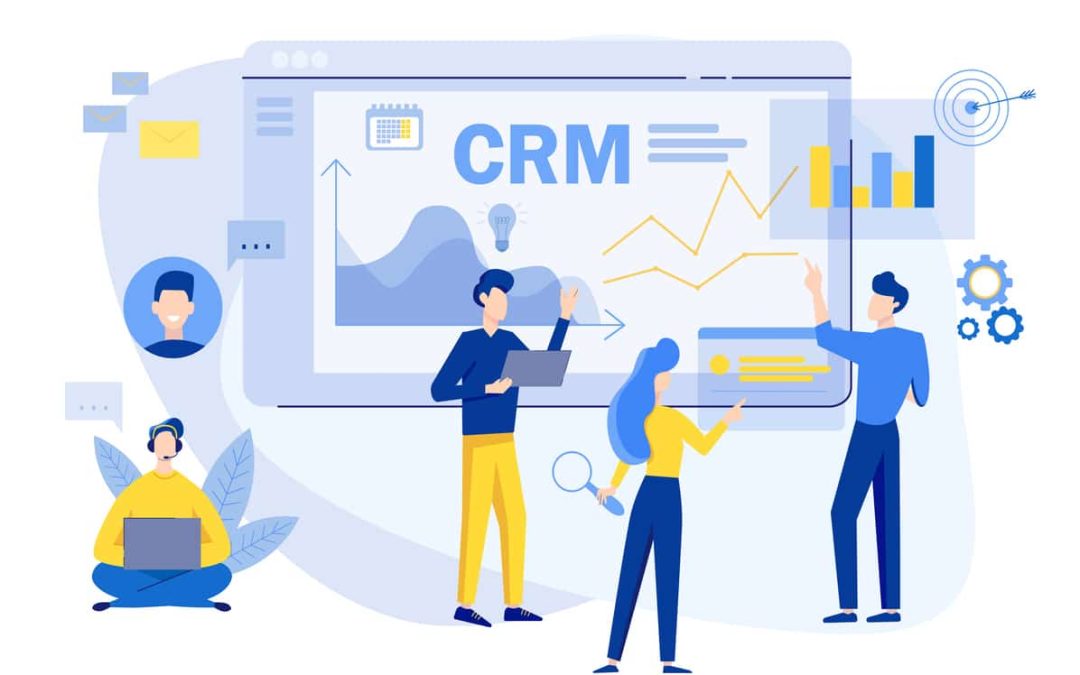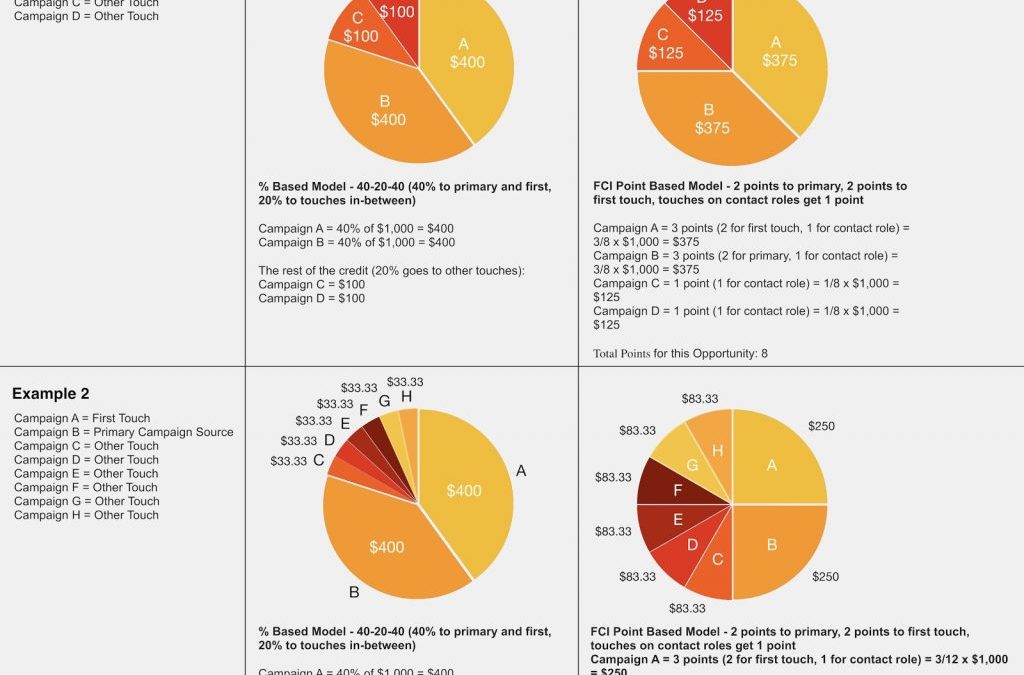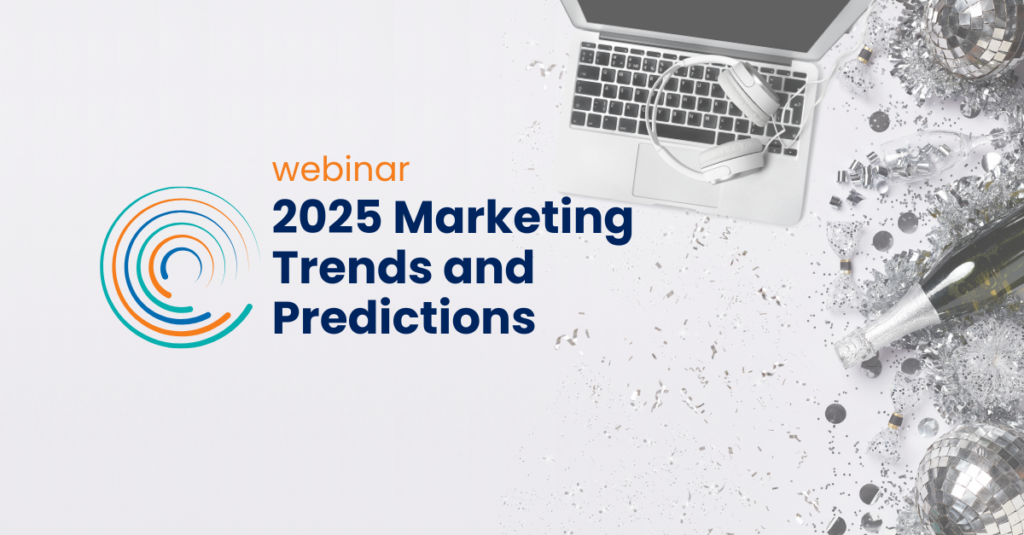
B2B marketers need to be able to figure out which campaign touches drive engagement and, ultimately, conversions and revenue. Attribution models can yield insights that allow marketers to make better spend allocation decisions. Single-touch attribution models like first-touch, last-touch and tipping-point can help marketers better understand lead generation, conversions, and the marketing-to-sales handoff.
Multitouch attribution can also generate important insights on how campaigns impact pipeline and revenue, but it’s critical to avoid mistakes during implantation and to understand the limitations and capabilities of each type of model. Here are five tips that can help you improve your multitouch attribution results.
- Create models that reflect your marketing strategy. It may sound simple, but it’s easy for marketers to get caught up in the different possibilities attribution models offer and miss this basic step. Are you running campaigns to improve the engagement of both new and active leads? If so, consider an even-spread multitouch attribution model that evaluates campaigns across the entire sales cycle. Are you looking to influence prospects later in the sales cycle? Take a look at a time decay attribution model, which gives later touches greater weight.
- Make you understand the business question you’re asking. In addition to aligning the model you choose with the marketing strategy, make sure you understand the business question you’re working to answer. For example, if one campaign strategy is to activate new influencers at top target companies, the business question might be, “What was the lead gen campaign’s impact on pipeline and sales this quarter vs. last quarter?” You’ll need to account for the business question too when setting up reports based on your multi-touch model.
- Apply appropriate reporting parameters. Once you have clarity on the business question you’re asking and choose a model that reflects the marketing strategy, it’s time to apply the right reporting parameters so that your dashboards and reports give you meaningful data. For instance, you might be examining results on a particular date, timeframe, or market segment. Setting the relevant parameters will ensure you get data that is actionable and relevant to the business question you’ve set out to answer with your campaign analysis.
- Combine attribution and funnel metrics to drive efficiency. This holds true for single-touch and multitouch attribution methods: Attribution helps you invest more efficiently, but you’ll also need funnel metrics to drive process efficiency. Also, keep in mind that it’s crucial to use CRM as your data repository because it is the revenue system of record. When you analyze funnel metrics inside the CRM, you can track volume, velocity, and conversion rates and identify any process issues with sales to drive overall efficiency.
- Hold regular meetings with sales and marketing colleagues. Related to the point above, it’s important to make sure everyone is on the same page, and that requires regular meetings with your relevant marketing ops/lead gen colleagues plus the sales/revenue teams that depend on your campaigns to generate business. During meetings, the group should review funnel metrics to identify trends and sticking points, and relevant individuals should take on action items to alleviate bottlenecks as appropriate.
Marketing attribution in general and multitouch attribution specifically will remain key components of B2B campaign measurement because they are essential for efficiency. Without actionable data on campaign performance, marketers can’t invest budget dollars where they produce the best results.
But it’s important to keep in mind that attribution is one-half of the efficiency equation. Funnel metrics matter too. When you can track both inside the CRM, you’ll be able to drive efficiency across the board and in even collaboration with your sales team.
Expanding Leadership Team with Martech
Executive Leadership Team Now Comprised More Than 70% Women SAN MATEO, Calif. — May 16, 2018 — Full Circle Insights®, Inc., maker of comprehensive sales and marketing performance measurement solutions, today announced the appointment of three new executive...

GDPR Overview for Salesforce Admins & Developers
Disclaimer: Any concerns over data that you or your company collects should be discussed with a lawyer. This blog post is meant for informational purposes only and should not be relied upon for legal advice. With the European Union’s GDPR (General Data Protection...

Is Martech a Failure?
With the emergence of marketing automation solutions in the last 10 years, the automation of the last department in B2B companies has truly begun. Today over 6,000 martech startups have emerged to address many niche aspects of marketing automation and populate Scott...

Announcing Digital Source Tracker
You may have seen some news about this, and I wanted to tell you what it means for B2B marketers. First let me start with the (obvious) why. Digital marketing is an important part of B2B marketing. There’s the often quoted / misquoted “67% of a buyer journey is done...
Digital Source Tracker Launch
FULL CIRCLE INSIGHTS® ANNOUNCES DIGITAL SOURCE TRACKER, A SOLUTION FOR UNDERSTANDING THE EFFECTIVENESS OF DIGITAL MARKETING TACTICS AND THEIR IMPACT ON REVENUE New technology extends Full Circle Insights’ product suite to empower performance marketers to...

Thought Leadership vs Social Marketing
“Thought leader” has become a derided buzzword, a magnet for mockery in Medium, and a label, like “hipster,” that people cannot give themselves. But, what if critics have it wrong? What if thought leaders are so powerful we’re blinded to their achievement?...

Blockchain for Marketing and Salesforce
At the recent TrailheaDX conference, Marc Benioff discussed how he learned about Blockchain, and that he hoped Salesforce would have some kind of blockchain strategy by next year’s Dreamforce. Since then I’ve been asked what this might mean for sales and marketing....

Point-Based vs Percent-Based Attribution
Salesforce Campaign Attribution allows marketers to accurately attribute the influence of their Marketing/Sales campaigns to revenue. While there are many different attribution models out there, we’ll explore the difference between a Percent-Based Attribution Model vs...
5 ROI-Boosting Salesforce Org Features
As a business analyst, I work with customers who have invested heavily into their CRM tech stack in order to drive better B2B sales. They are marketers who are looking for areas in their business to understand their buyer journey and improve ROI. I provide them with...

The Buyers Journey is 67% Complete 50% of the time
The world of marketing is full of stats these days. And for good reason. In a martech space that boasts over 5000 companies on the newest ChiefMartec chart, companies have to find a way to make a statement about how their platform can drive winning results. Having...




